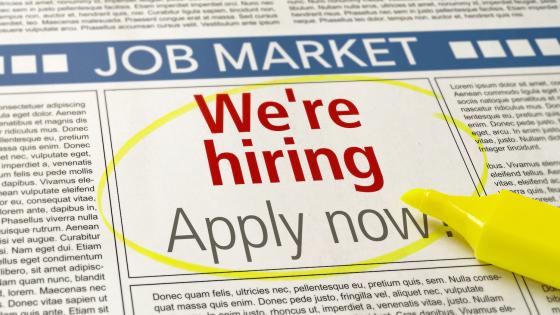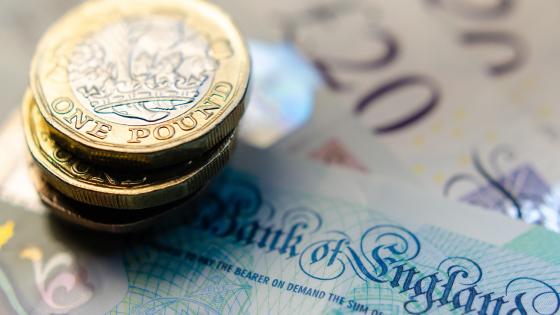DP18544 The Active Role of the Natural Rate of Unemployment during Cyclical Recoveries
We propose that the natural rate of unemployment may have an active role in the business cycle, in contrast to a widespread view that the rate is fairly smooth and at most only weakly cyclical. We demonstrate that the tendency to treat the natural rate as near-constant would explain the surprisingly low slope of the Phillips curve. We observe that evidence is weak about this basic point---the evidence neither comes close to rejecting the conventional view nor does it reject a very different view in which fluctuations in the natural rate are associated with a substantial fraction of cyclical volatility. We show that the natural rate may have closely tracked the actual rate during the long recovery that began in 2009 and ended in 2019. We explain how the common finding of research in the Phillips-curve framework of low---often extremely low---response of inflation to unemployment could be the result of fairly close tracking of the natural rate and the actual rate in recoveries. Our interpretation of the data contrasts to that of many Phillips-curve studies, that conclude that inflation has little relation to unemployment. But we also call attention to a recently growing body of research along New Keynesian lines that supports the credibility of the hypothesis of a strong relation between movements of the natural rate and actual rate of unemployment.


